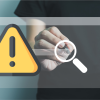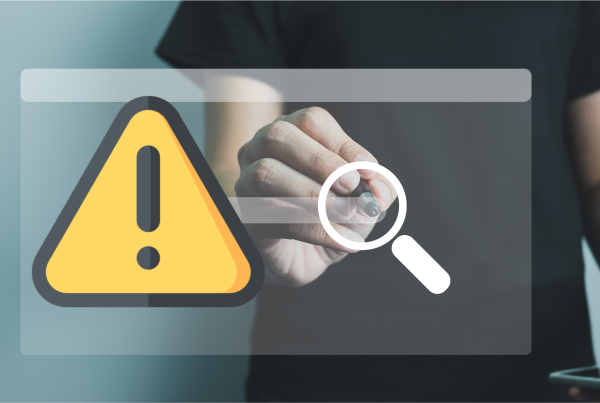Are you at risk of a DDoS attack? What about accidental website downtime?
What is DDoS?
The acronym DDoS stands for distributed denial of service. It is a deliberate cyberattack designed to prevent a resource from working properly.
One common type of DDoS is called DNS amplification where the attacker takes advantage of weaknesses in domain name systems or DNS servers. In this type of attack, they overwhelm the target with more traffic than it can handle which often causes the server to crash.
A server can only accept so many requests at the same time. And the connection from the server to the internet also has a limited capacity for traffic known as bandwidth. The hacker’s flood attack makes too many bogus requests and the the system becomes overloaded. As a result, legitimate requests can’t get through.
Say what?
Traffic Jam
Think of it like a roadway where the green guys with good intentions can’t get to the server because all the red guys are clogging the entrance.
Crowded Doorway
Or a lot of shoppers with no intention to buy are crowding the doorway, blocking the real customers from entering the store.
How can you stop it?
It isn’t easy to stop a DDoS attack. The attacker sends traffic to the victim from many sources or unique IP addresses. Therefore, you can’t solve it by finding and stopping a single source. This also makes it difficult to distinguish between the attackers and legitimate traffic.
Why would someone launch a DDoS Attack?
Common motives for DDoS attacks include:
- Revenge
- Blackmail
- Protests
Attackers intending to harm a business want to interrupt transactions or prevent users from accessing information. Typical targets include online shopping or casino sites and any other business that relies on providing online services.
How can you tell if you are under a DDoS Attack?
Symptoms of a denial of service attack include:
- Unusually slow network performance when trying to open files or access websites
- A particular website is unavailable
- No websites are accessible
Are the attacks always intentional?
Some denial of service attacks, may not be deliberate. A simple DoS attack (without the “distributed”) can be a natural consequence when traffic increases unexpectedly for natural reasons.
- A website not used to heavy traffic experiences an unplanned spike in popularity. Without bandwidth available to handle a higher volume of visitors, the server can crash.
- When a popular site includes a link to a less popular site not set up to manage the heavier traffic, it can deny service
- If a news service or celebrity mentions a smaller website not used to a large volume of traffic, the smaller site might go down.
- Sometimes when a scheduled online event occurs, it causes a significant increase in traffic. If the website did not properly prepare for more traffic, they are at risk of the server crashing.

Remember the chaos before the holidays every time the PS5 announced a scheduled stock update.
How can you protect yourself from a DDoS Attack?
Basic defence methods for DDoS protection involve detection, classifying traffic, and preventing illegitimate traffic. Implementing a combination of hardware and software options to analyze the behaviour of web traffic is helpful. If traffic is not in line with what is normal, take action.

PressHero can help
As part of PressHero’s Security Service, we can monitor your online traffic to identify symptoms of many possible types of DDoS attacks. To protect against unintentional denial of service, we can ensure your bandwidth is appropriate for regular traffic and make adjustments for special events.
Check out our security services page for more information about the help we provide for website security, compatibility, performance, and more.













